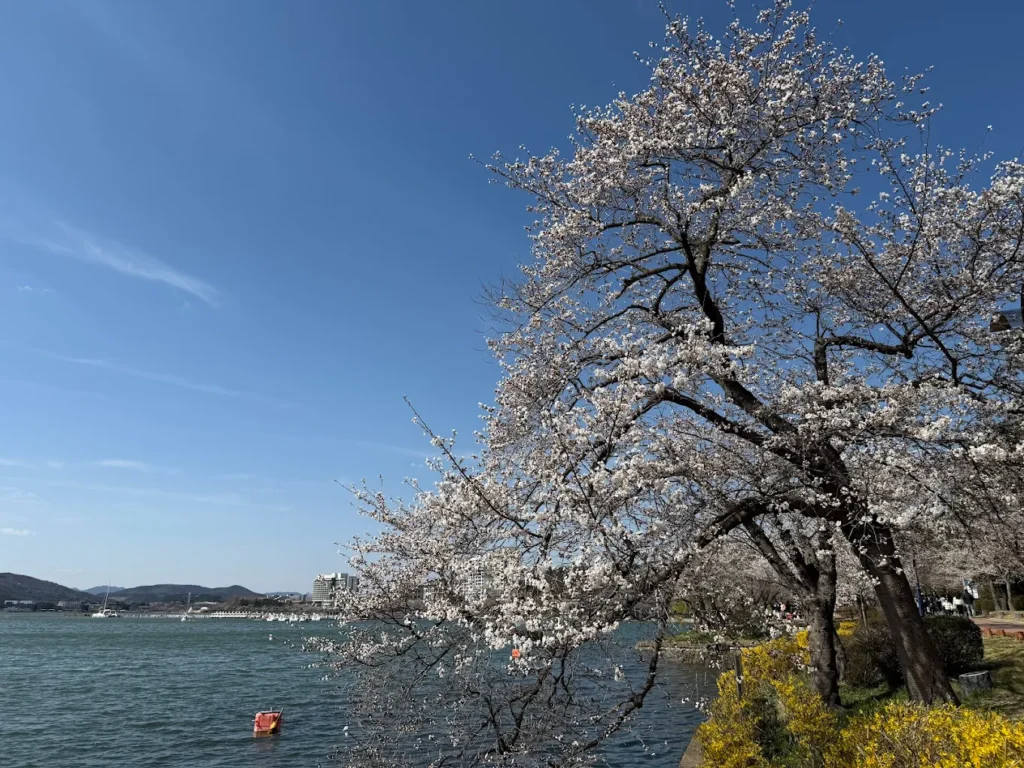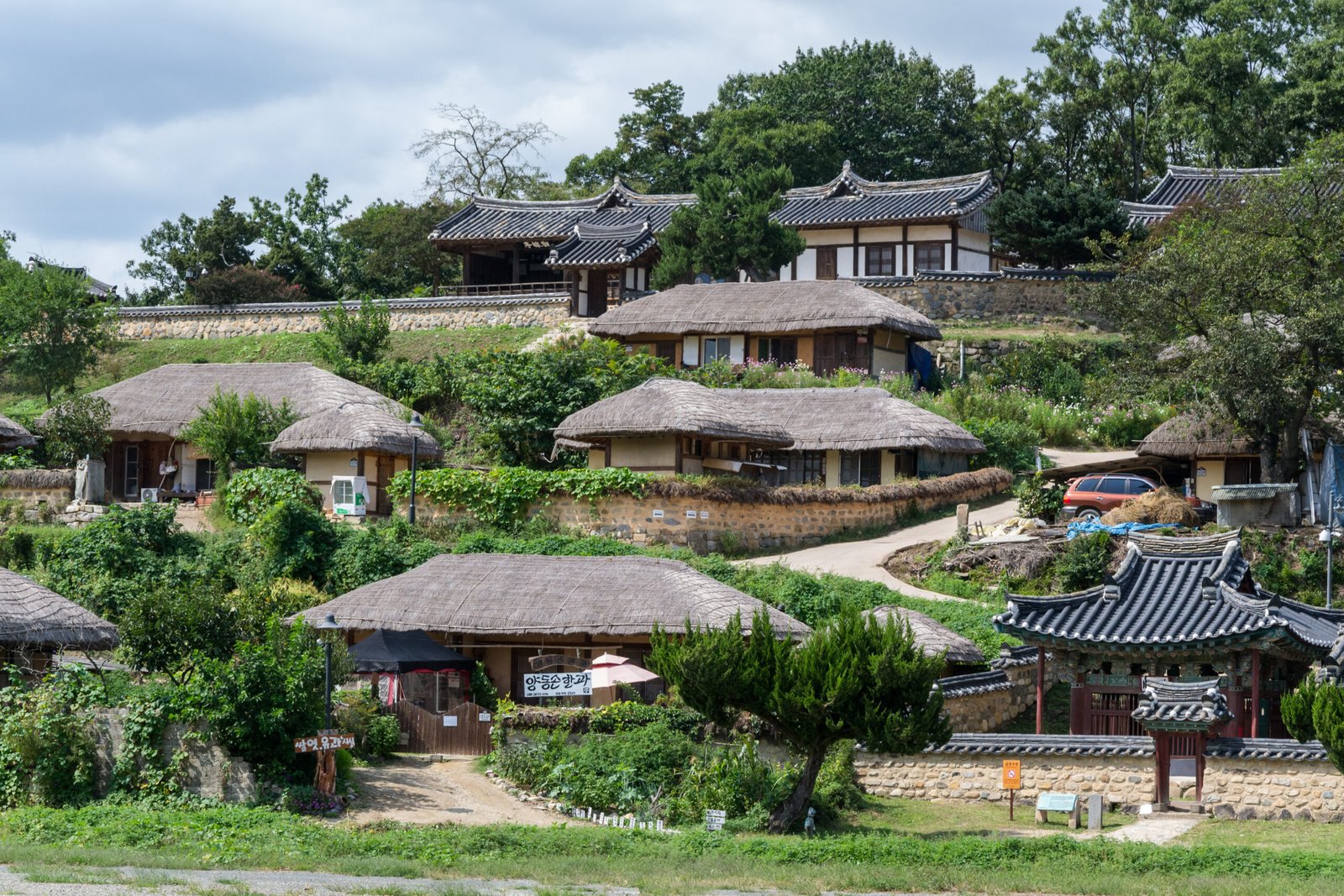Gyeongju is famous for being the ancient capital of the Silla Kingdom, which ruled Korea for nearly 1,000 years. It’s packed with UNESCO World Heritage sites, royal tombs, Buddhist temples, and cultural treasures. Bulguksa Temple, Seokguram Grotto, and the Tumuli Park are some of the highlights.
If you’re planning a trip to South Korea, Gyeongju-si is a must-visit destination. Known as the “museum without walls,” Gyeongju is full of history, culture, and stunning scenery. Whether you’re into ancient sites, night experiences, or modern attractions, this city has something for everyone.
Getting to Gyeongju
Seoul to Gyeongju
- KTX (High-speed rail): 2 hours to Singyeongju Station
- Regular train: 4-5 hours to Gyeongju Station
- Bus: 4 hours from Seoul Express Bus Terminal
- Flight + Bus: Fly to Busan, then 1-hour bus ride
Gyeongju to Busan
- Bus: Direct buses every 30 minutes, 1-hour journey
- Train: Regular trains available, 1.5 hours
- Taxi: 1 hour drive (more expensive but convenient)
Top Attractions and Must-Visit Places
Historic Sites
- Bulguksa Temple: A masterpiece of Buddhist architecture and UNESCO World Heritage site
- Seokguram Grotto: Ancient stone temple with stunning Buddha statue
- Tumuli Park: Royal burial mounds from the Silla Dynasty
- Cheomseongdae Observatory: World’s oldest surviving astronomical observatory
- Anapji Pond: Beautiful palace ruins with scenic reflections
Cultural Experiences
- Gyeongju National Museum: Houses incredible Silla artifacts including the famous Golden Crown
- Yangdong Folk Village: Traditional Korean village showcasing Joseon-era architecture
- Bunhwangsa Temple: Historic temple with unique stone pagoda
Here are my must-visit places in Seoul: the 10 famous temples that are very close to you. Explore the attractive Jeonju-si city, where you can also find 7 international airports in South Korea.
What is the Special Tourist Zone in Gyeongju?

The Bomun Lake Resort area is designated as Gyeongju’s special tourist zone. It’s home to luxury hotels, amusement parks, water activities, and seasonal festivals—perfect for travelers who want a mix of relaxation and entertainment.
Hwangridan-gil is Gyeongju’s most famous street, especially popular among younger travelers. This trendy area features traditional hanok buildings converted into cafes, restaurants, and boutique shops.
It’s perfect for experiencing modern Korean culture while surrounded by historical ambiance. The street comes alive in the evening with beautiful lighting and bustling nightlife.
Gyeongju itinerary (Quick Guide)
Gyeongju Itinerary 2 Days
Day 1:
Bulguksa Temple
Seokguram Grotto
Tumuli Park (Daereungwon Tombs)
Hwangridan-gil for food & evening walk
Day 2:
Cheomseongdae Observatory
Donggung Palace & Wolji Pond
Gyeongju National Museum
Bomun Lake Resort
Final Tips for Your Gyeongju Visit
- Book accommodations in advance during peak seasons
- Wear comfortable walking shoes for exploring historical sites
- Try local specialties like Gyeongju bread and ssambap
- Consider purchasing a Gyeongju City Tour Pass for discounted attractions
- Download offline maps as some historic areas have limited cell coverage
Gyeongju offers an unparalleled journey through Korean history, where every corner tells a story of the ancient Silla Kingdom.
Whether you’re interested in Buddhist culture, archaeological wonders, or simply experiencing Korea’s rich heritage, this remarkable city delivers an unforgettable travel experience.

